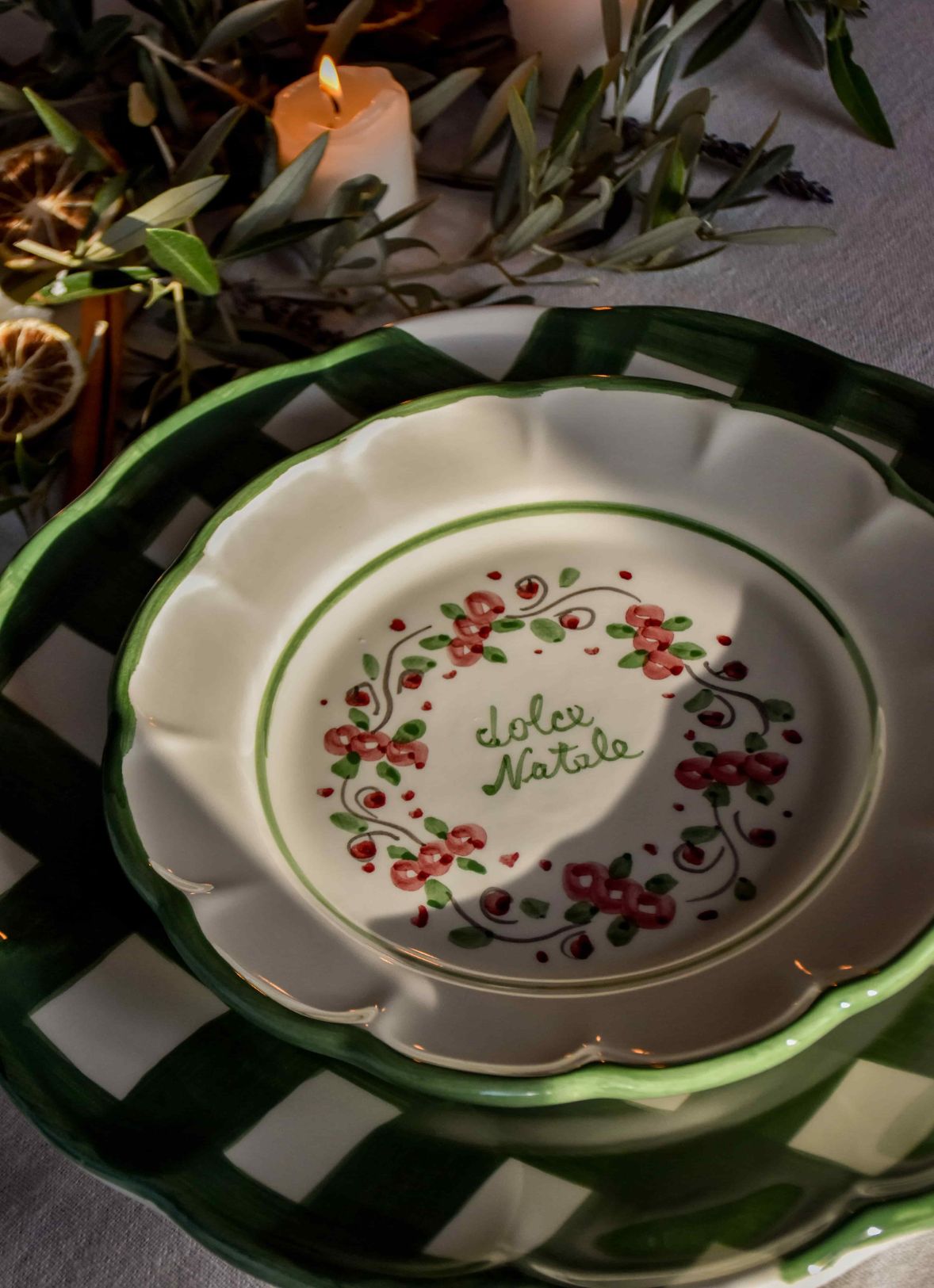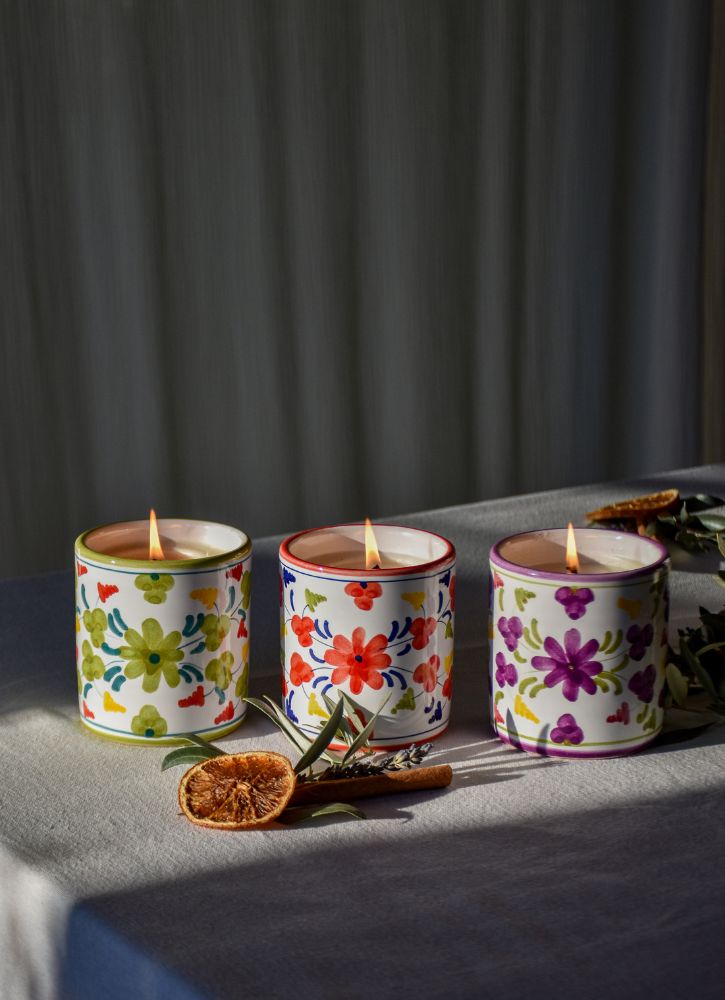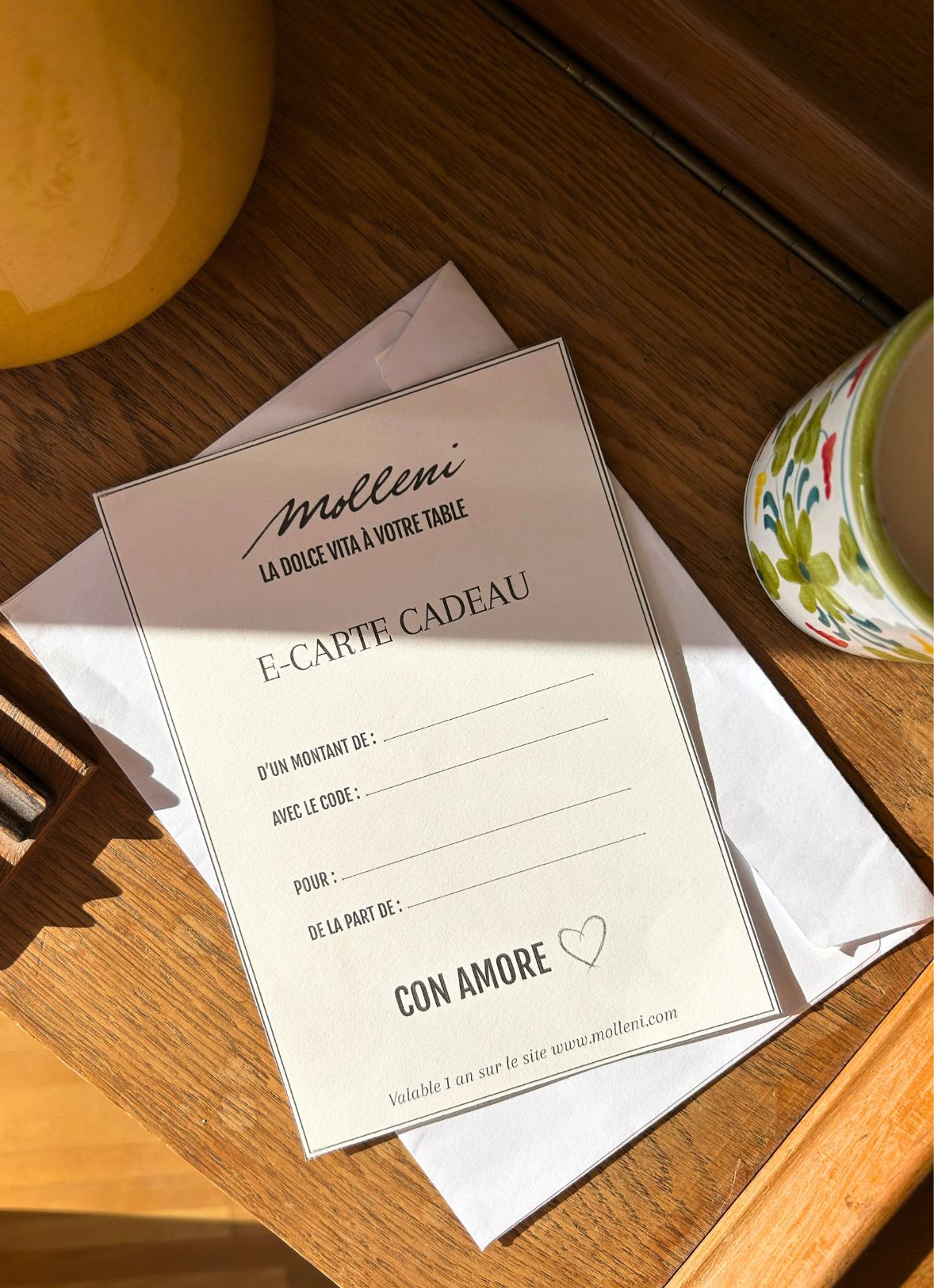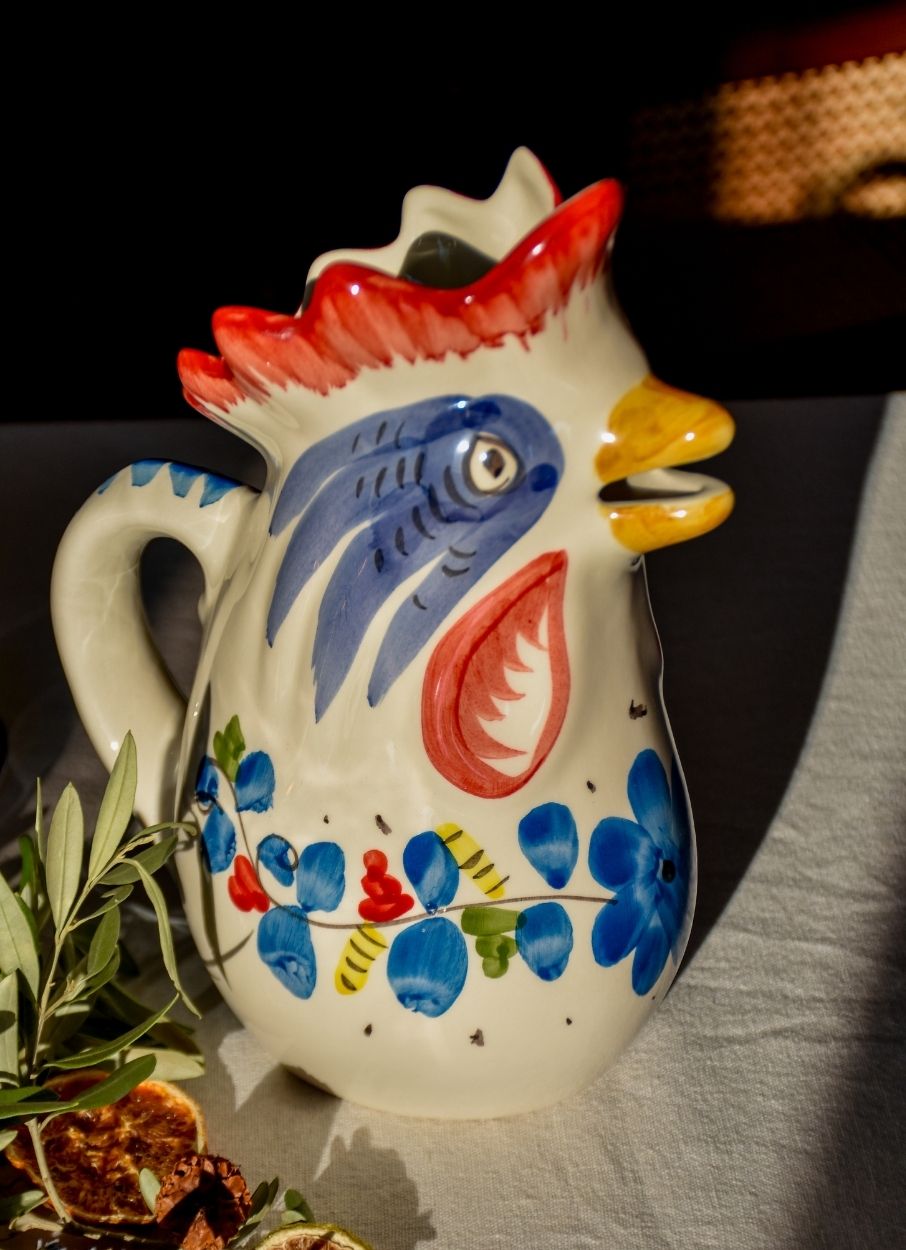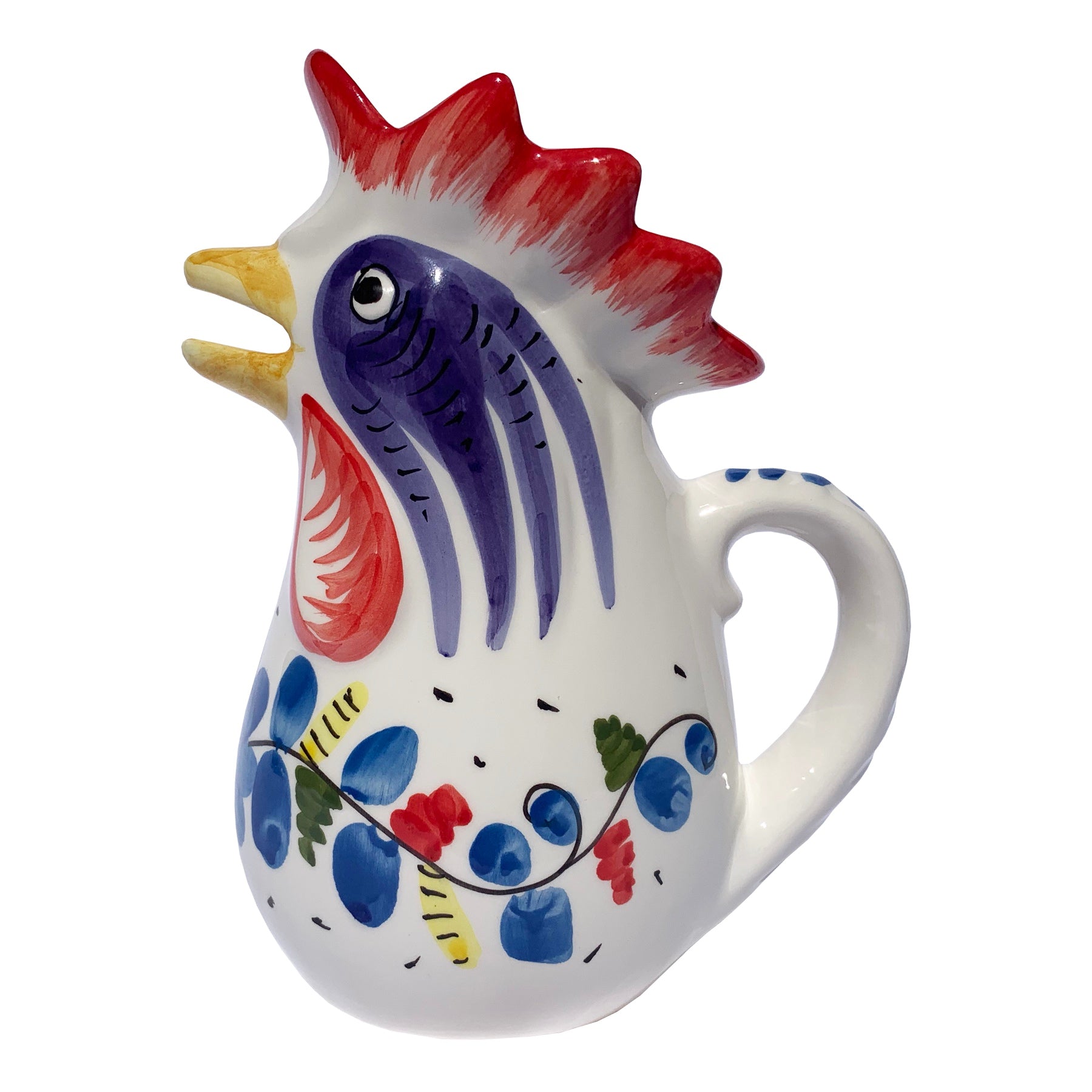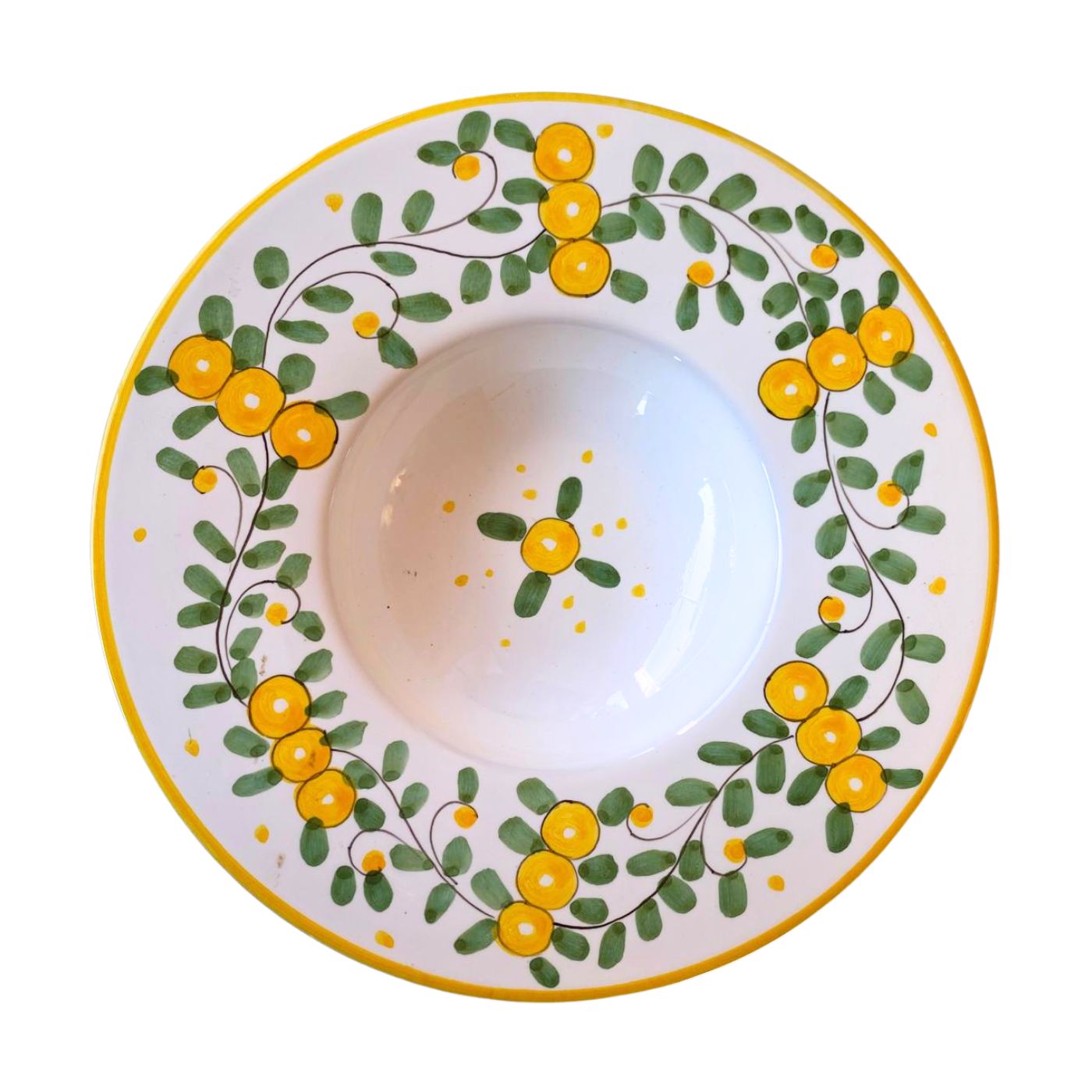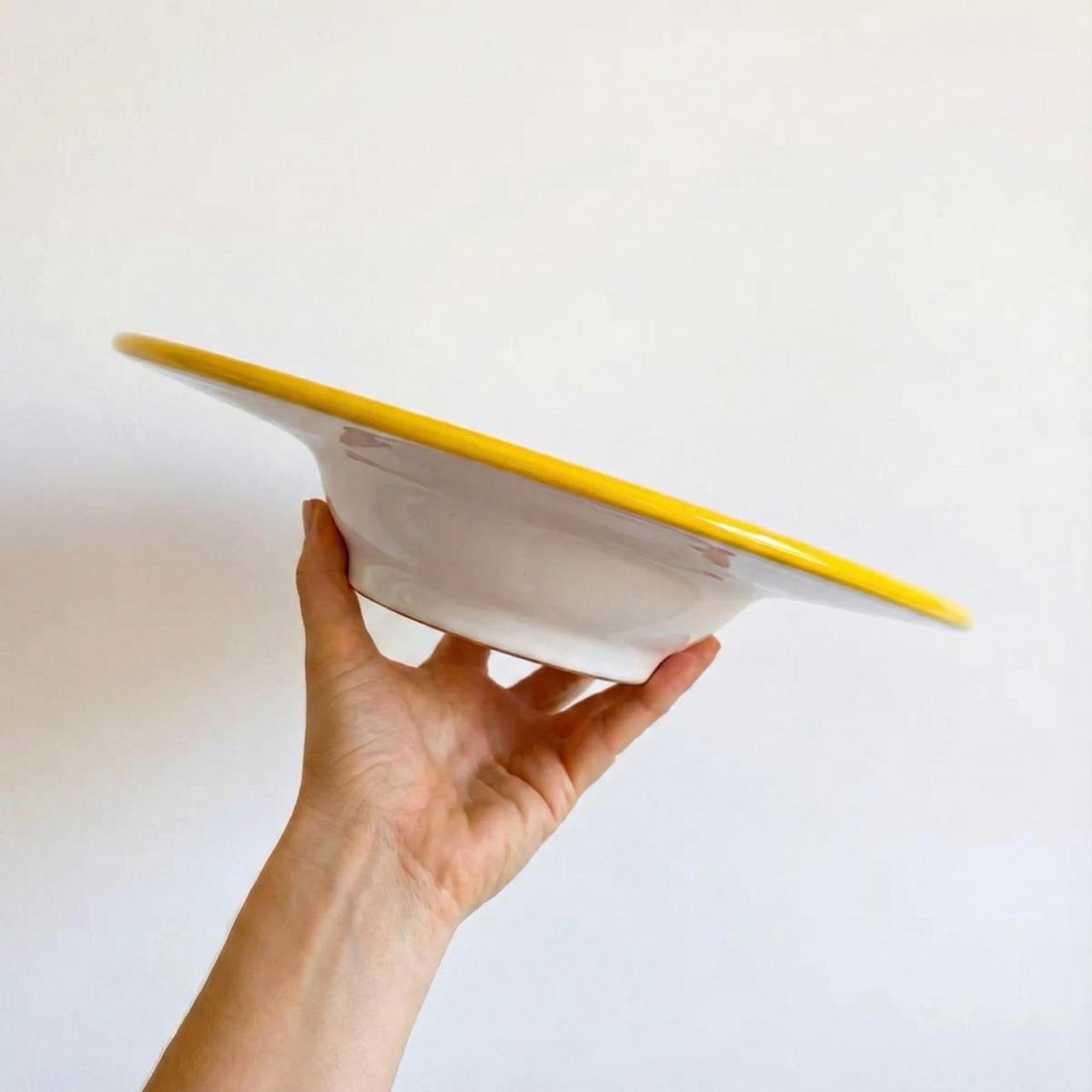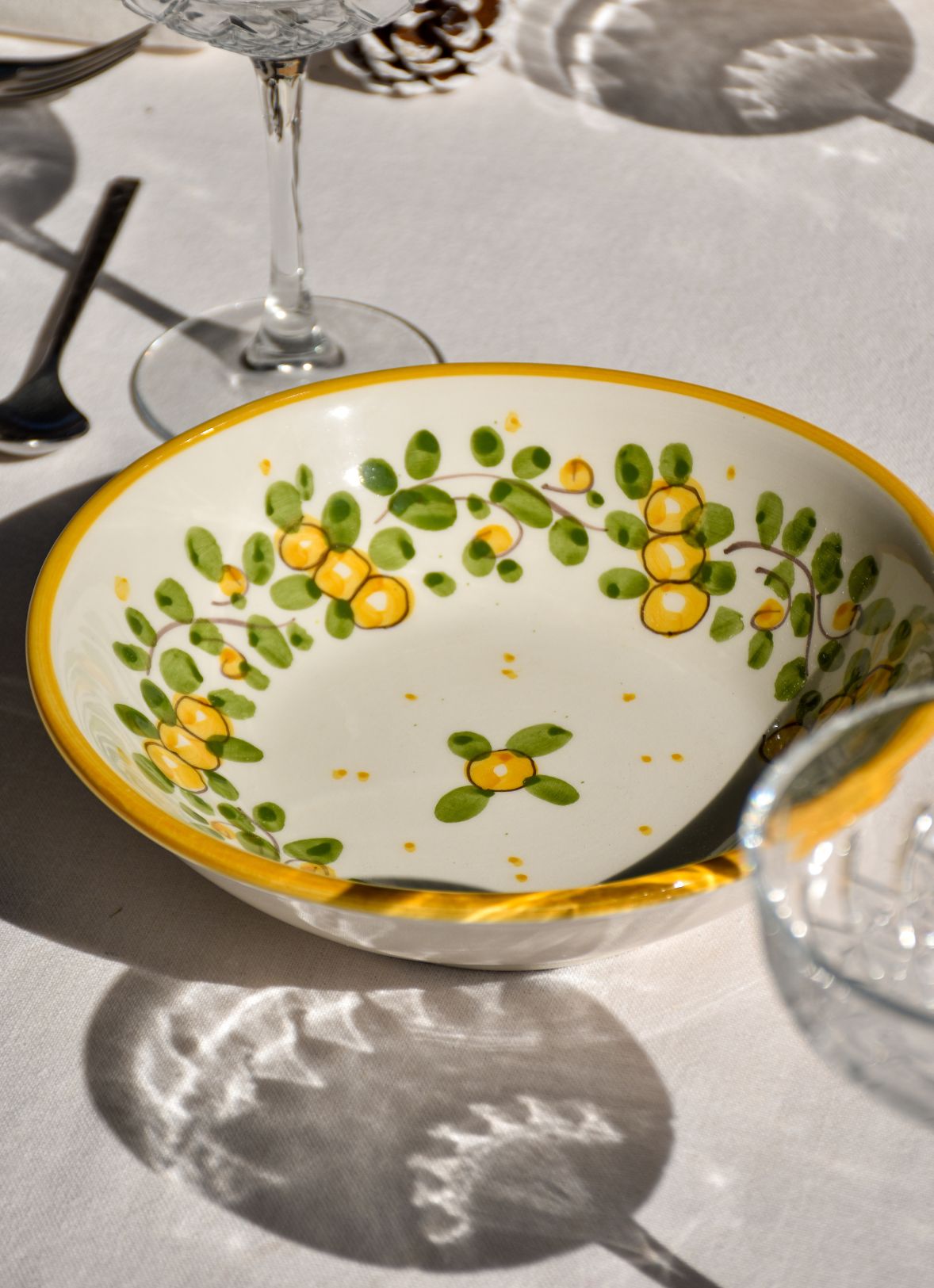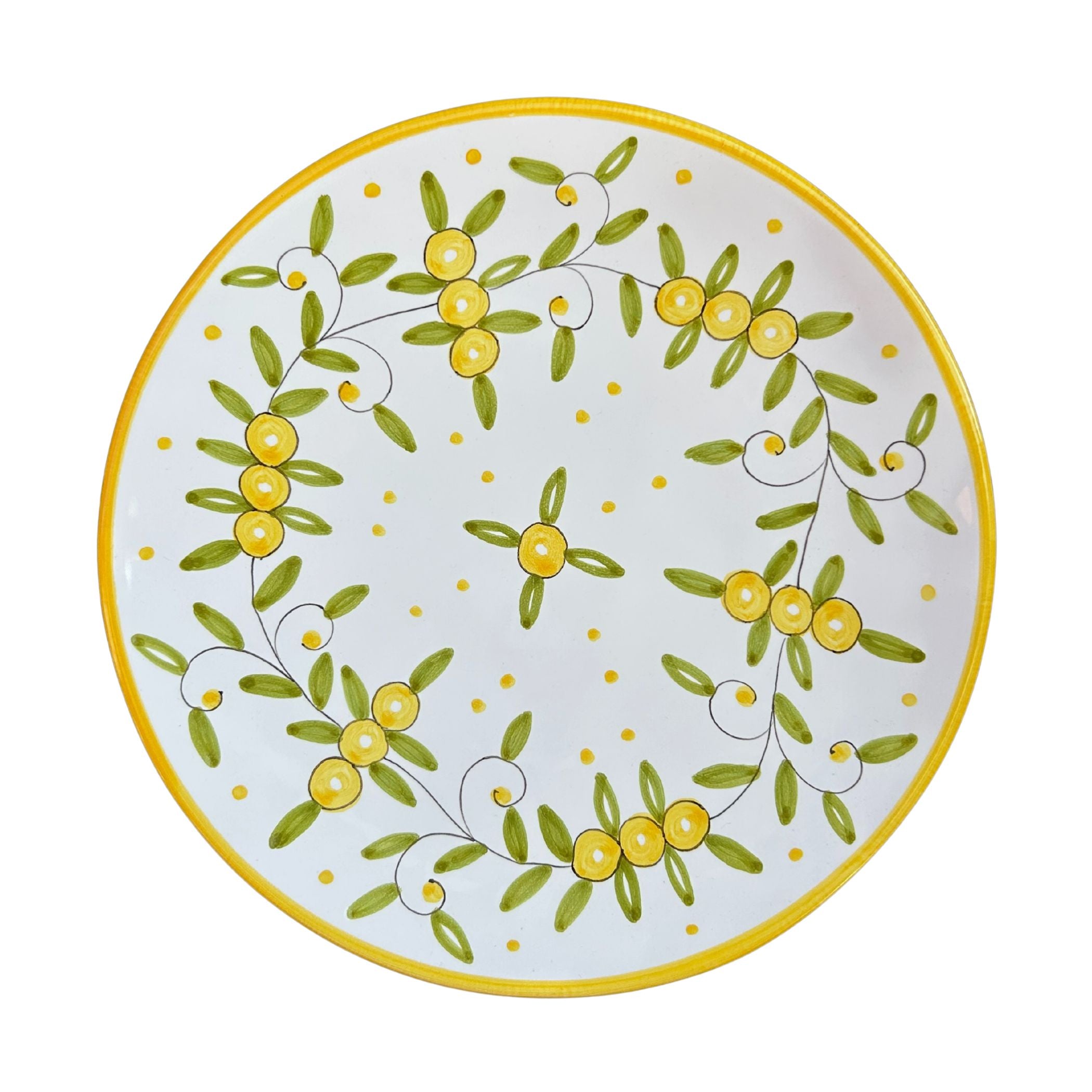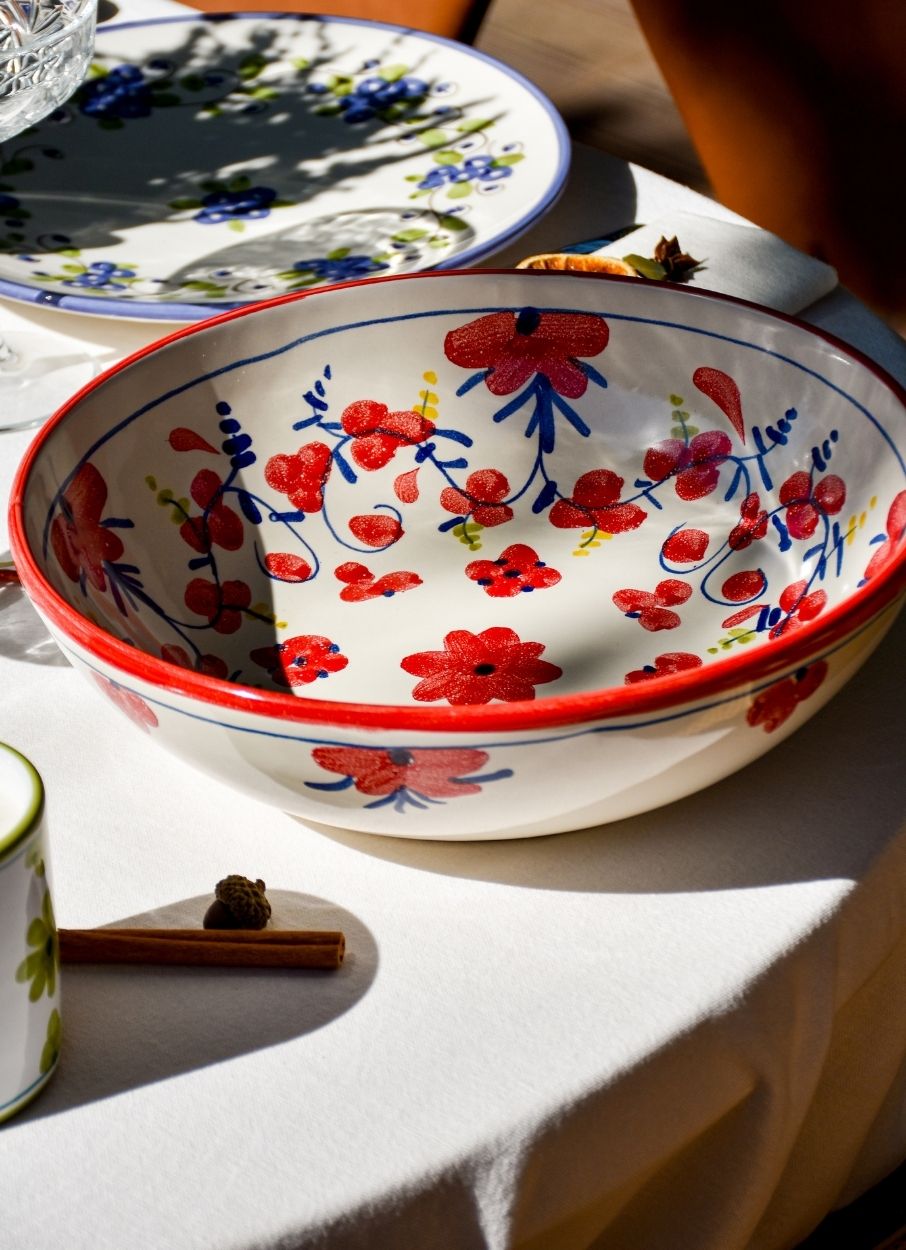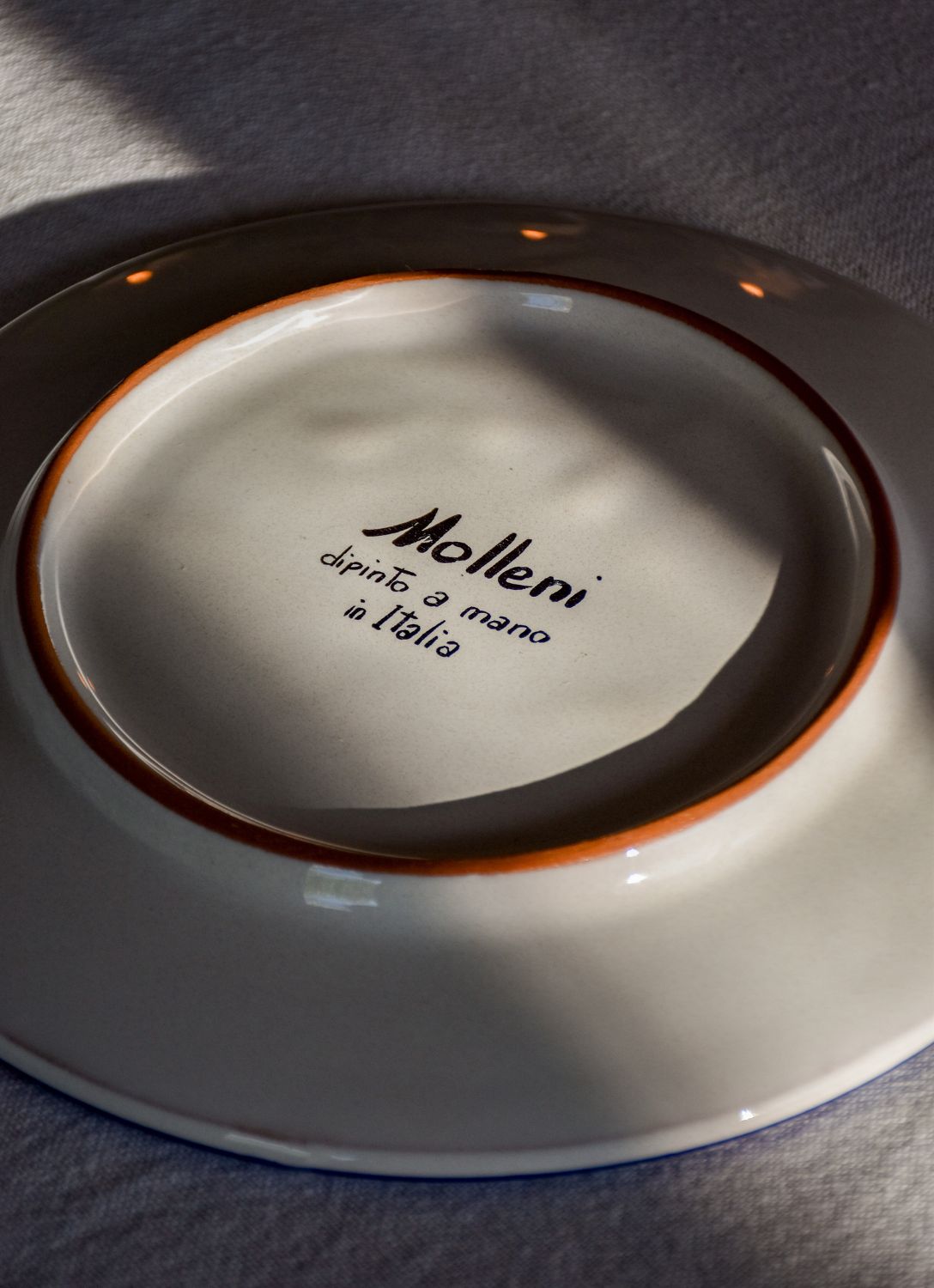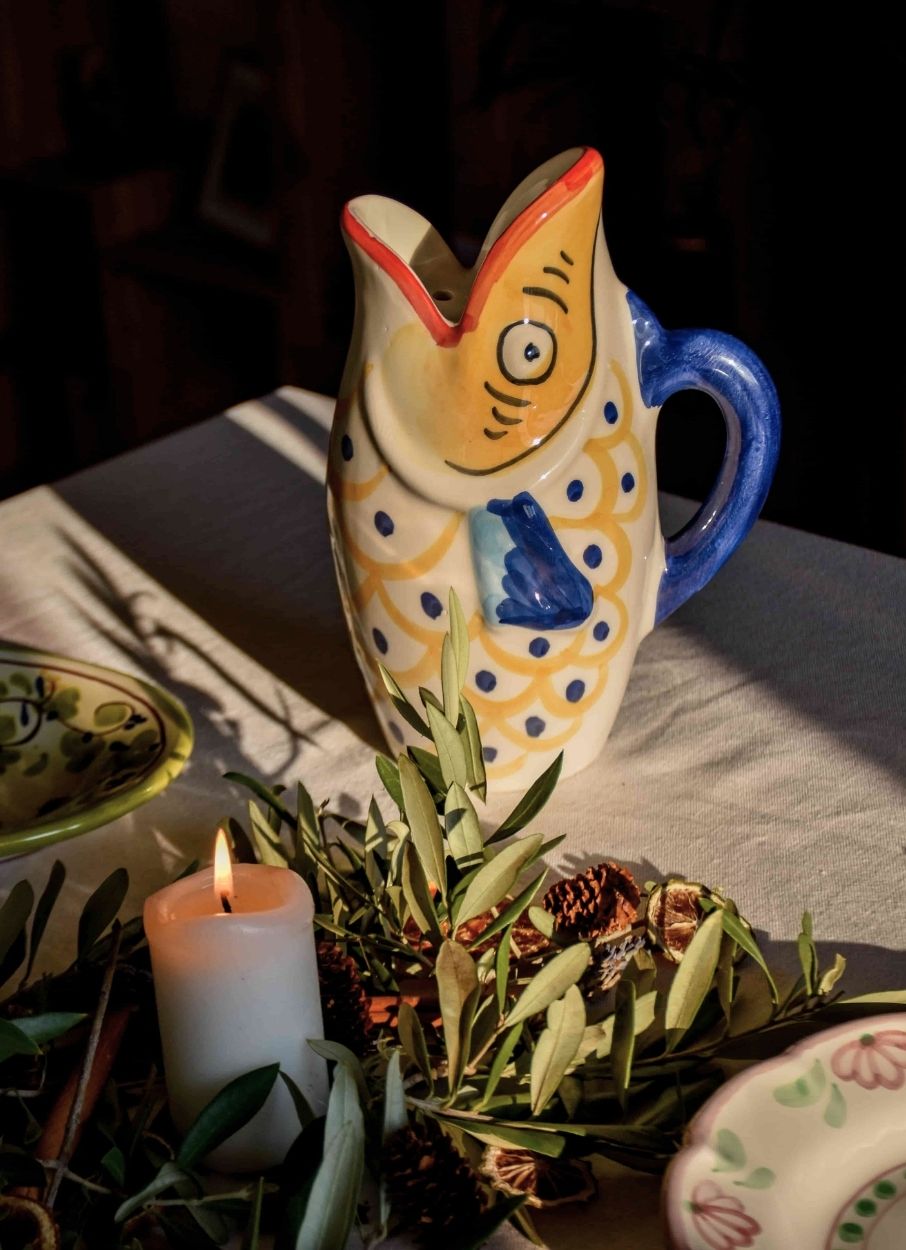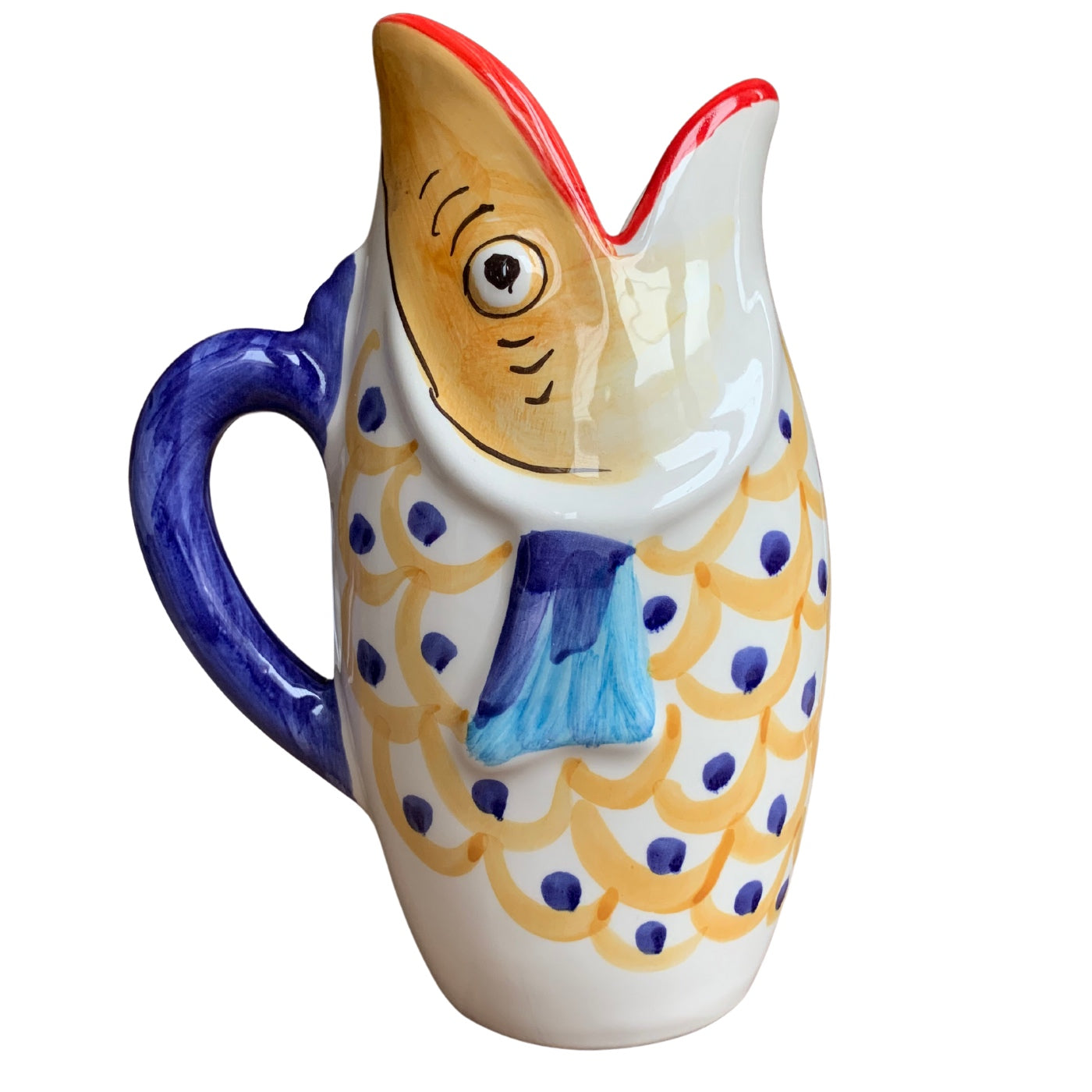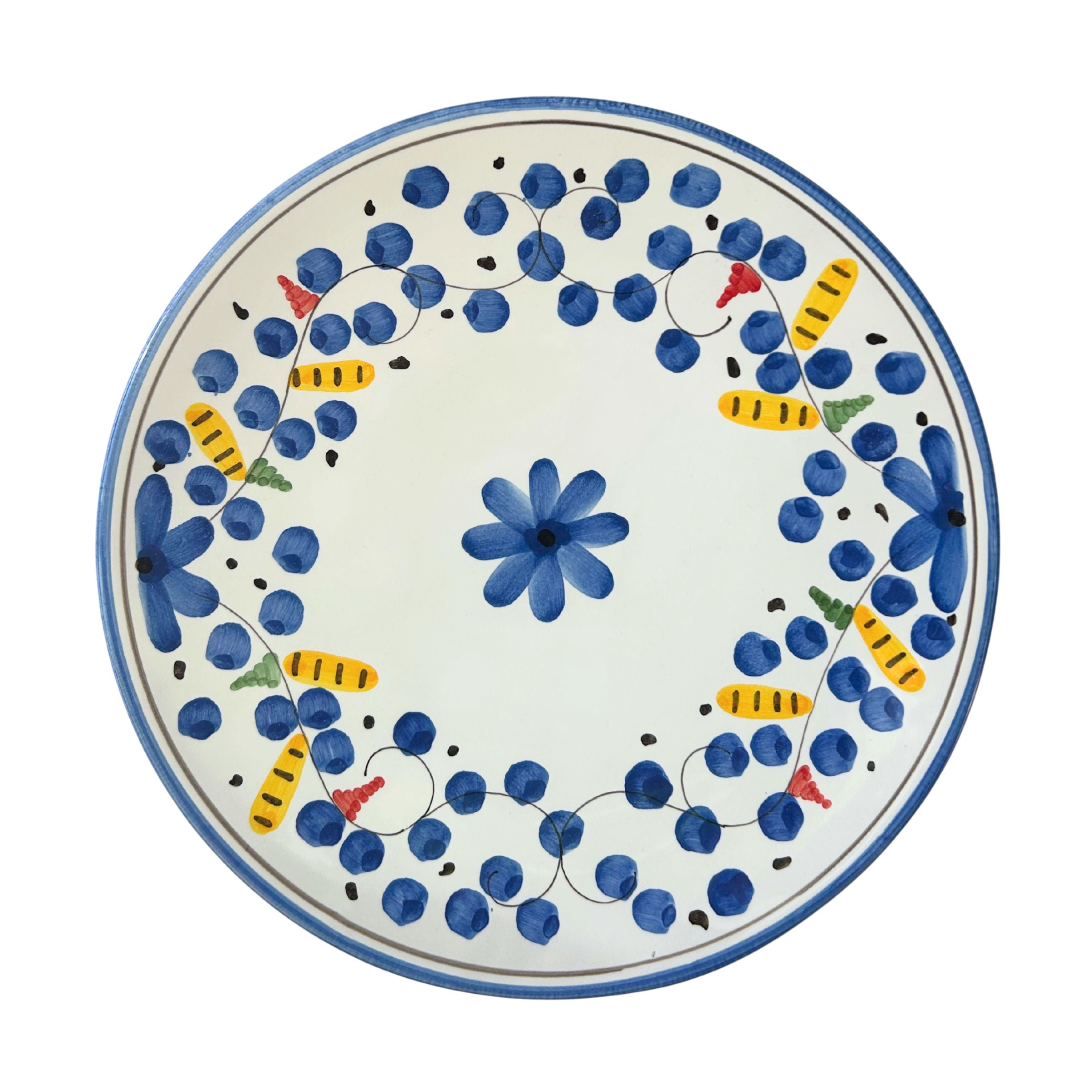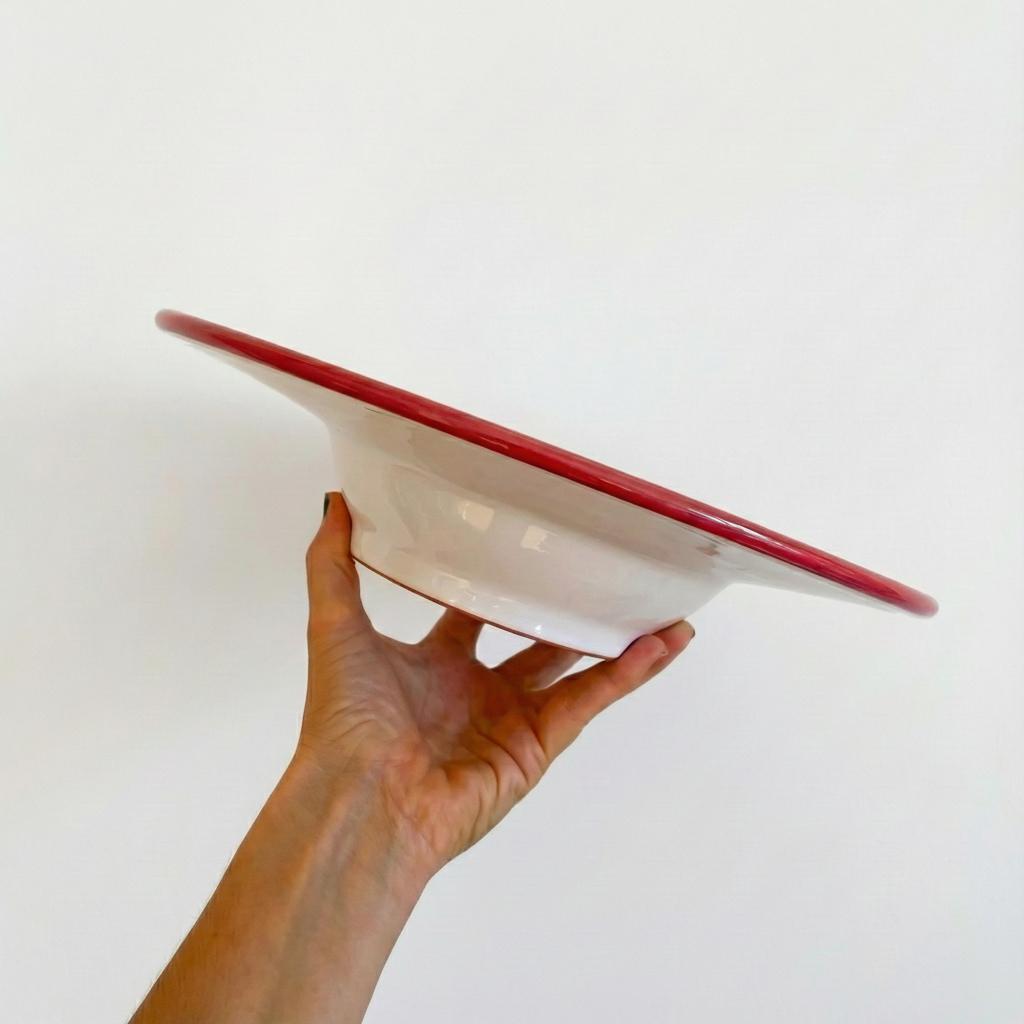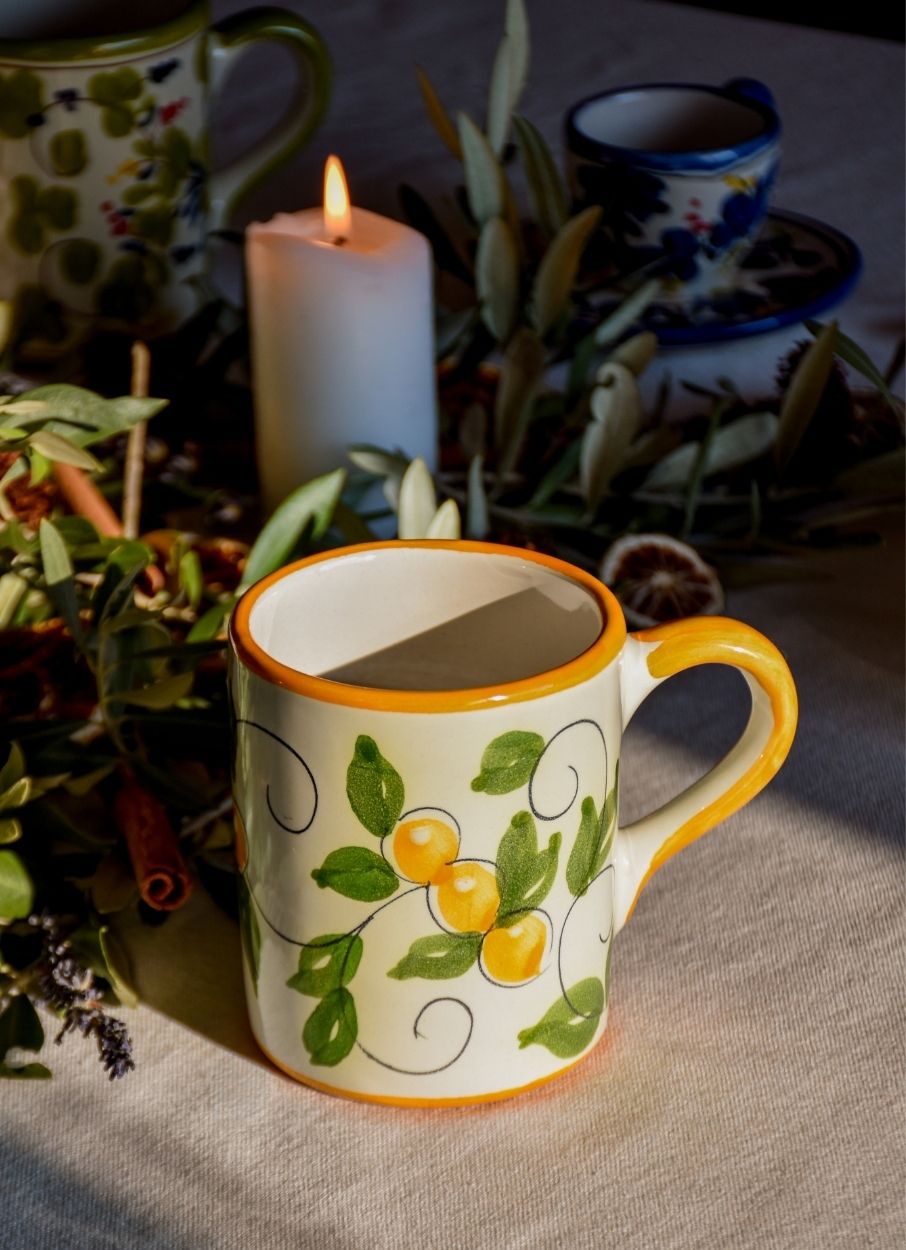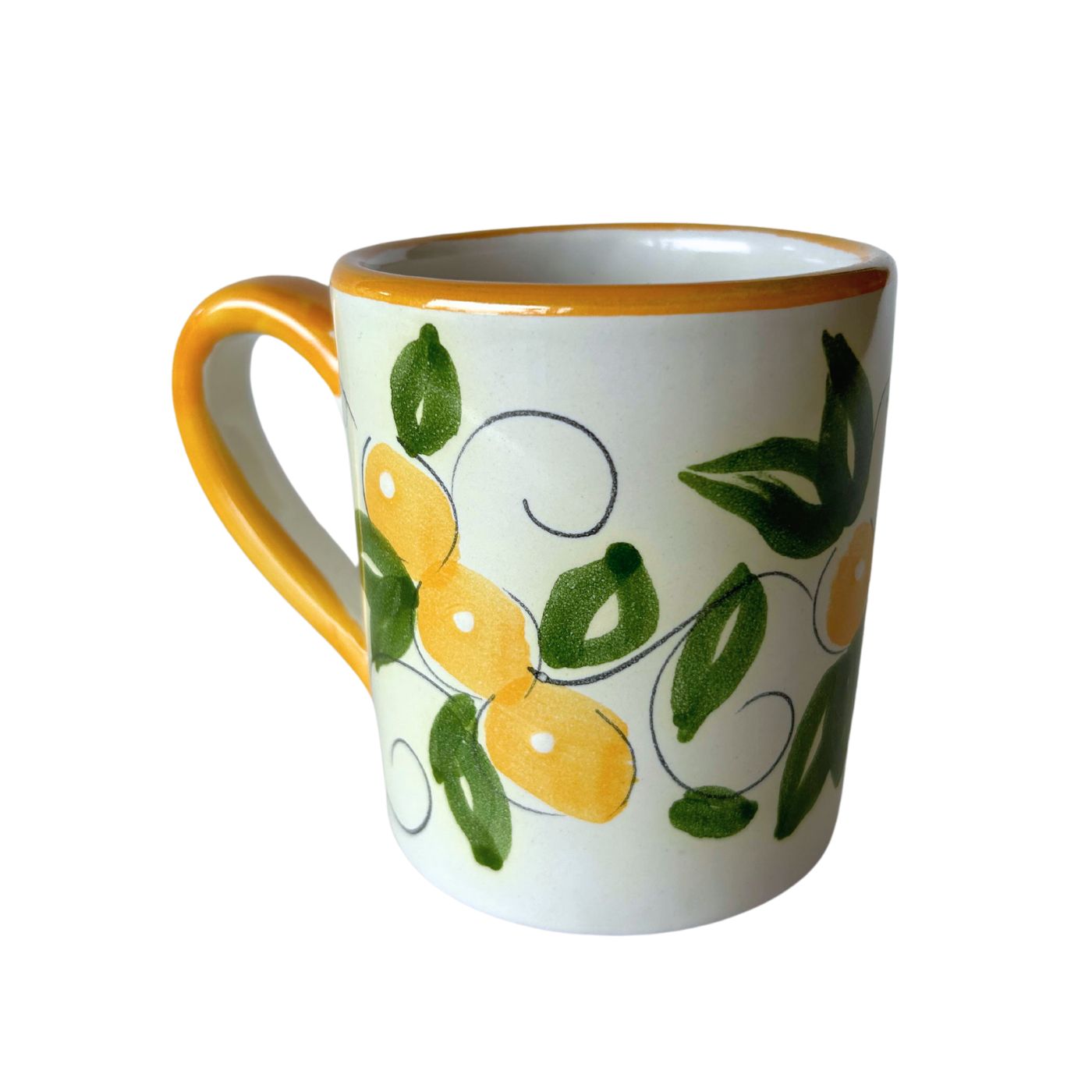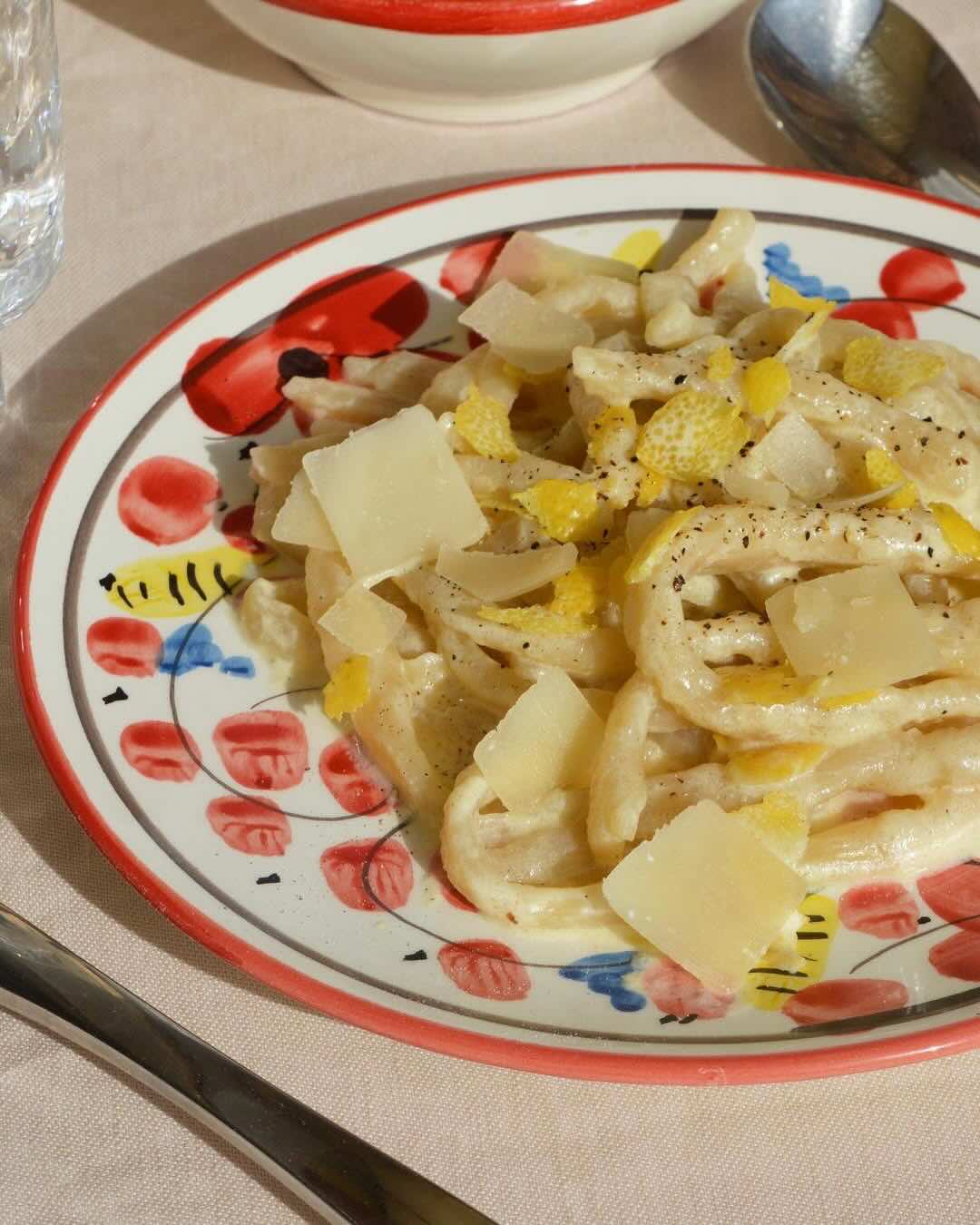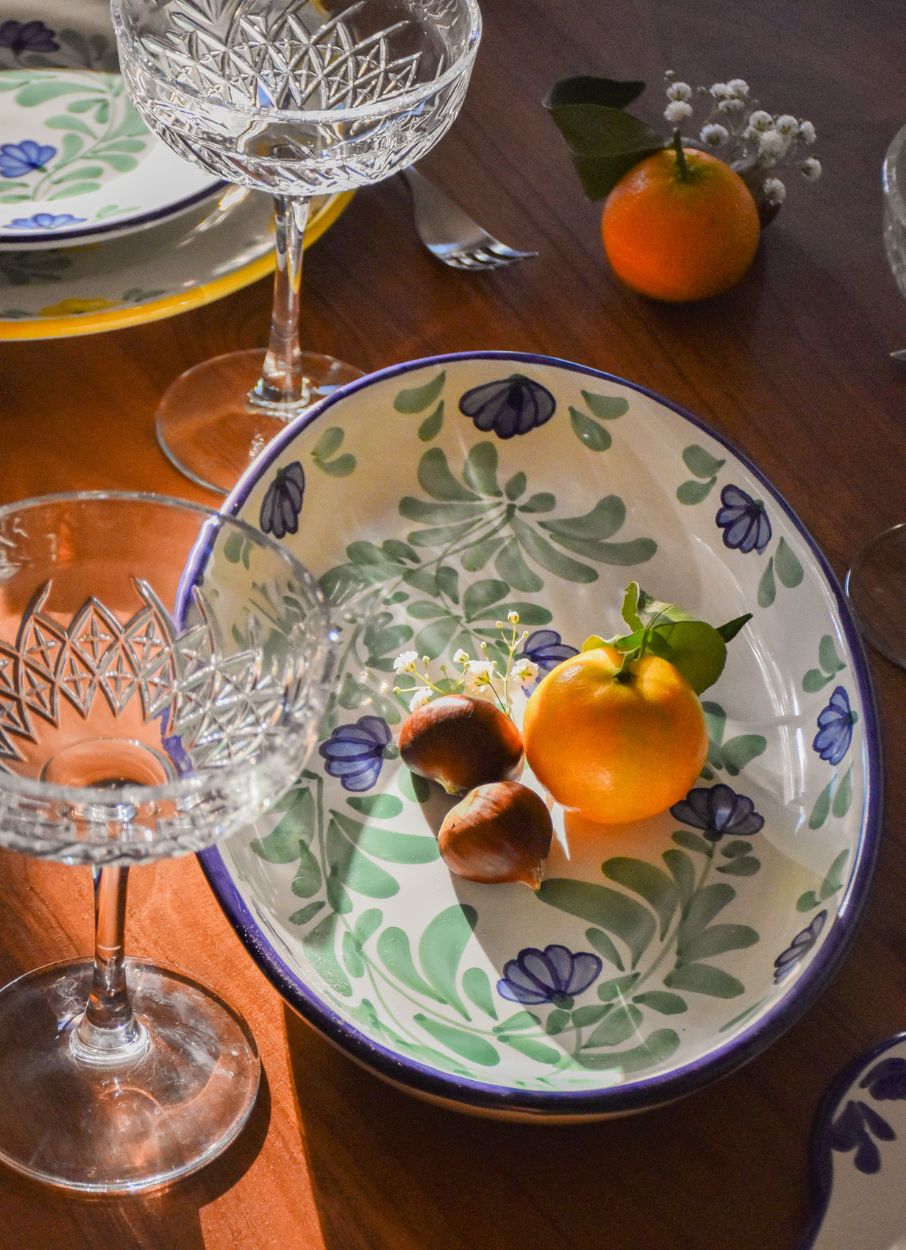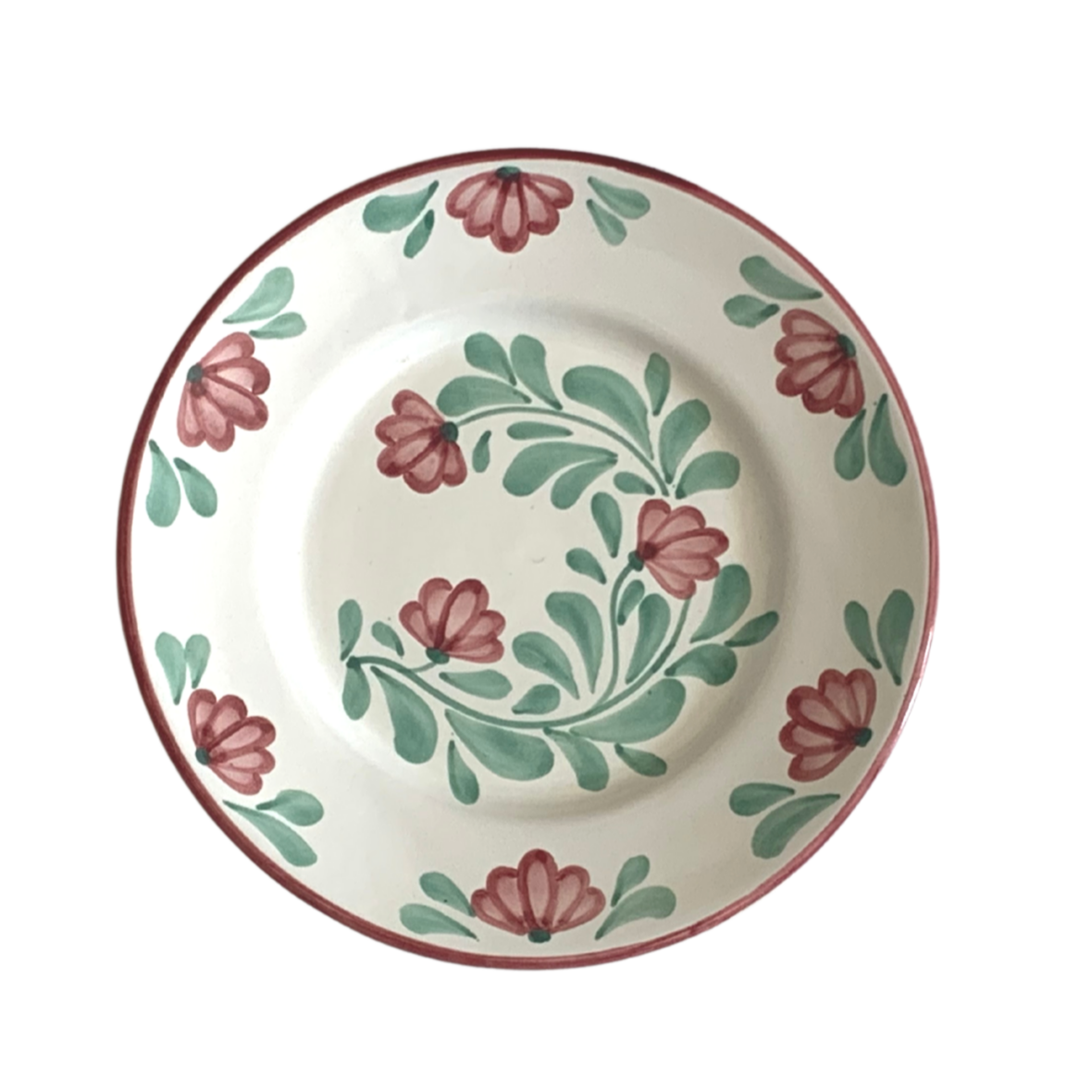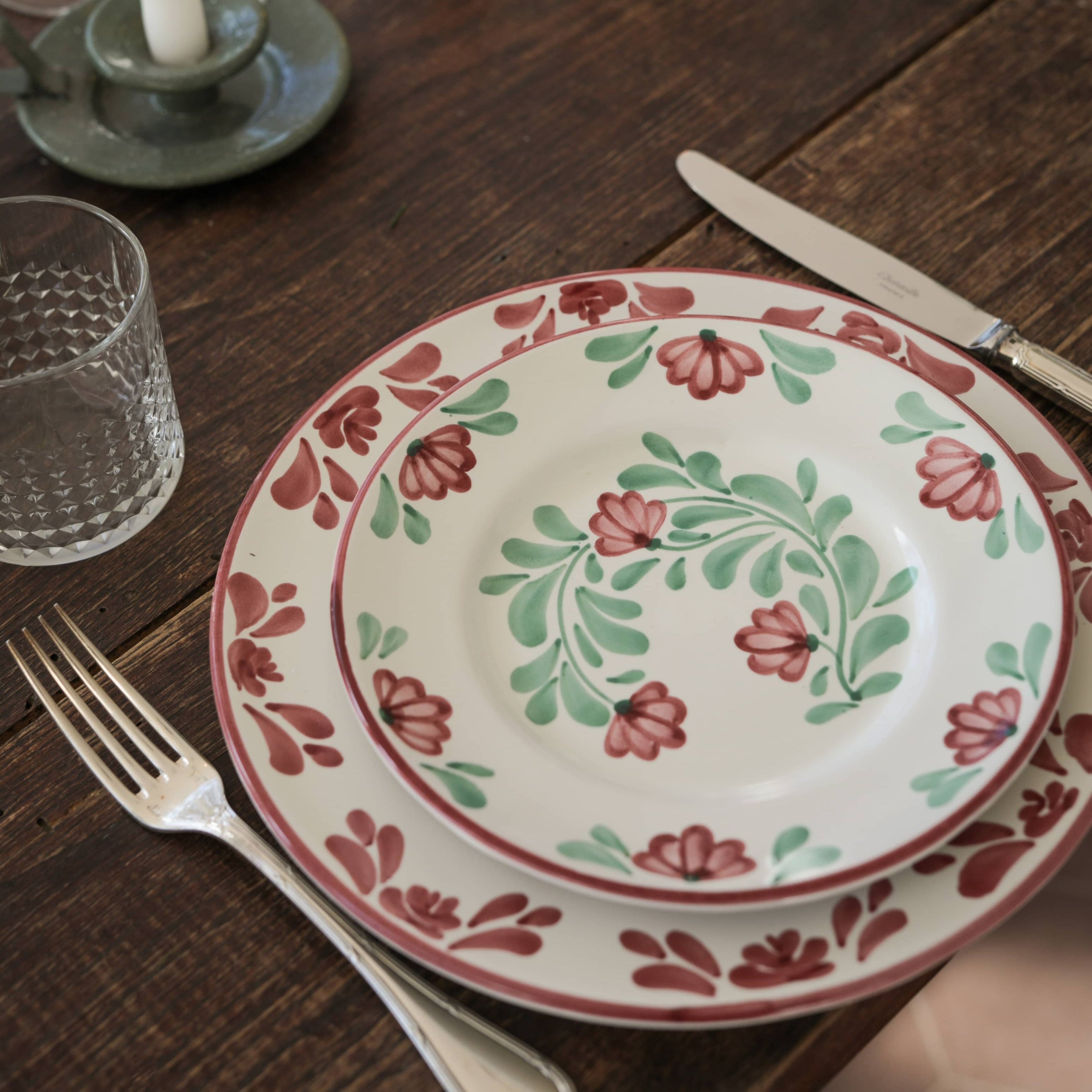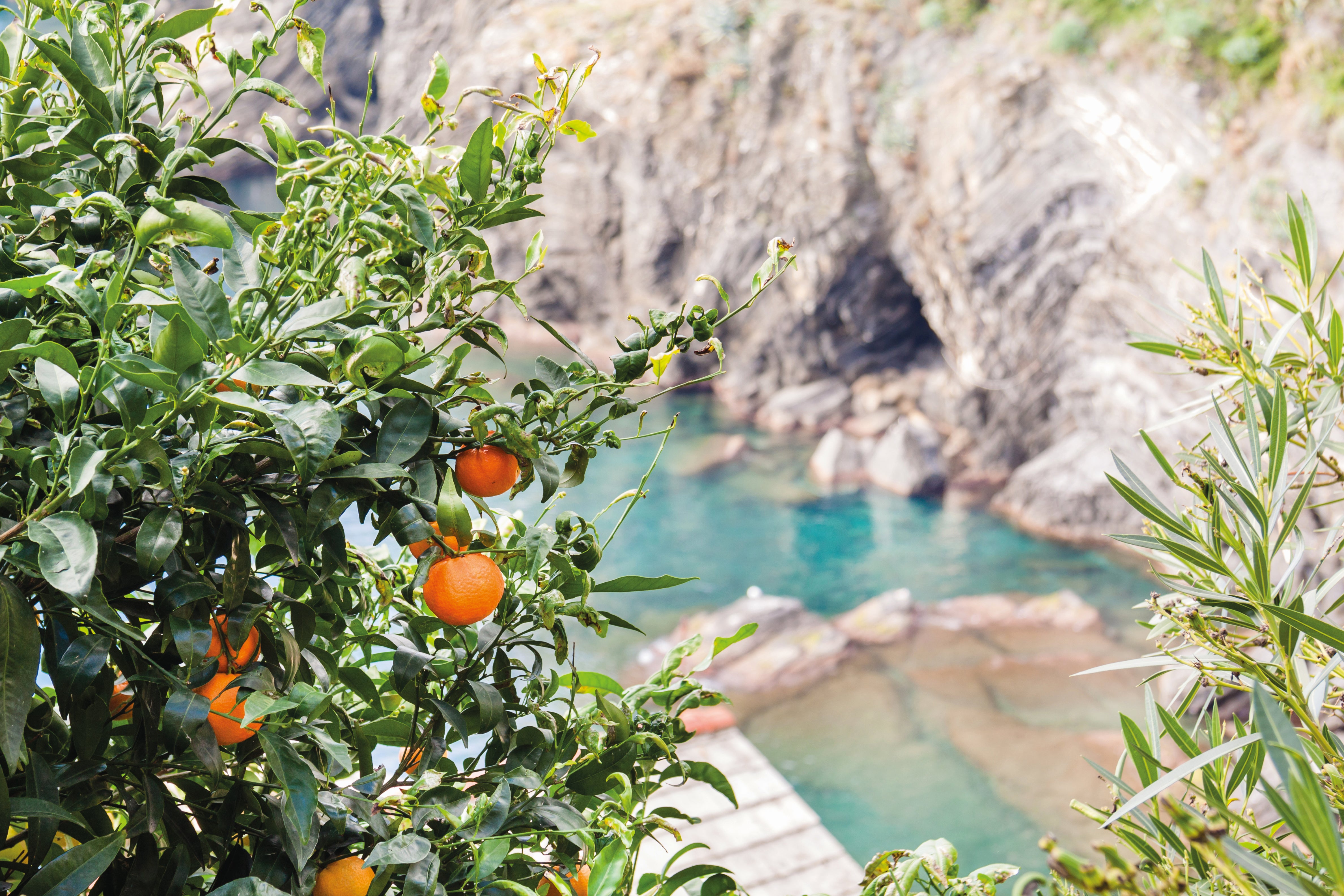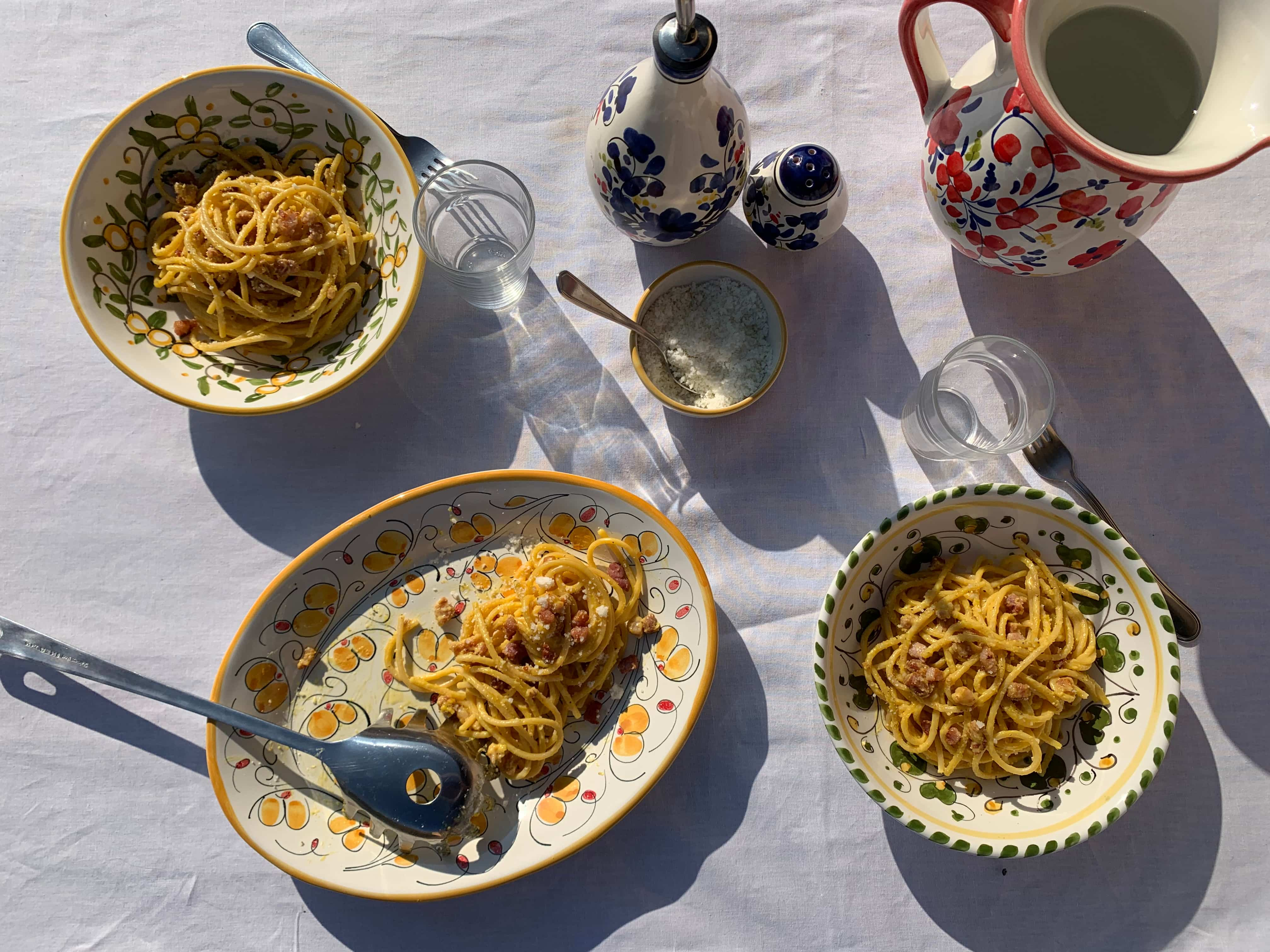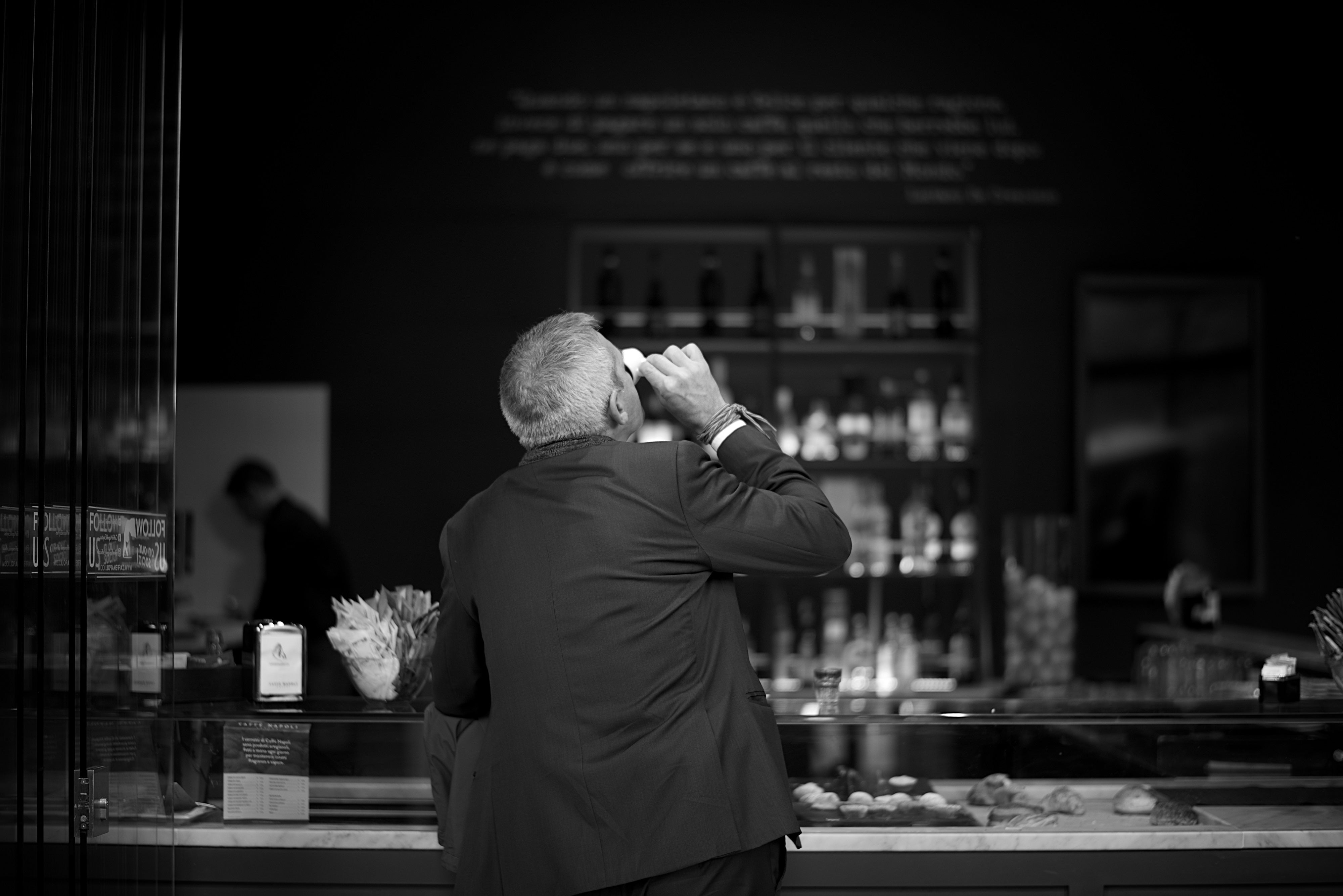
Un caffè, per favore!
A pillar of Italian culture, coffee does not originate there. But Italy, through its sense of know-how and innovation, has been able to carve out a place of choice on the coffee market, developing a true tradition that is now a signature of its lifestyle.
The history of coffee is surrounded by several legends. Its precise origins remain a little mysterious, but recent scientific studies locate its origin in Ethiopia, where it would have been commonly consumed since prehistoric times. Around the 12th century, we find traces of the first coffee crops in Yemen; it was from the port of Moka, in the south of the country, that Muslim pilgrims subsequently spread it to Persia as well as to the Ottoman Empire and the Arab world. The invigorating drink, then called kawa in Arabic and kahvé in Turkish, met with great success which would have been favored by the prohibition of alcohol in Islam. Many “coffee houses”, real places of conviviality, are springing up almost everywhere. At the beginning of the 17th century, Venice, a strategically located port city, was one of the first European cities to regularly trade black gold. The success of coffee then spread throughout Italy and quickly spread across Europe. Faced with this craze, coffee establishments flourished on the continent as illustrated by Procope, founded in 1686 in Paris by the Italian Francesco Procopio dei Coltelli.
In Italy, Caffè Florian was founded in 1720 in Venice and Caffè Greco in 1760 in Rome (still active today, they are among the oldest and most illustrious institutions in the country). In their wake, Botteghe del Caffè opened almost everywhere on the peninsula, allowing people to get together with family or friends. Over time, coffee has become an essential product synonymous with conviviality and sharing, a tradition that has been passed down, a symbol of the Italian lifestyle.
Roasting, a preserved craft
If coffee establishments multiplied over the centuries, domestic consumption then consisted of buying fresh beans and roasting them at home, in a pan. It was not until the end of the 19th century that coffee roasting became professionalized with specific ovens and equipment: the first coffee roasters appeared. A tradition almost extinct today in France, undermined by the industrialization of the coffee market, roasting, on the other hand, remains a tradition in Italy which is perpetuated in many regions. Local roasters, often family structures, have been able to develop and maintain unique know-how that is passed down from generation to generation, enhancing the aromas of the beans and making Italy a world-renowned country on the coffee market. .
Espresso, a new flavor
For several centuries, Italians drank coffee as in the rest of Europe: first as a decoction, in the Turkish way, then as an infusion, filtered. But from the 19th century onwards, the history of coffee was punctuated by numerous patents, often filed by Italians. The country stood out in 1884 by inventing a high-pressure percolation system. The result is a coffee with an intense aroma, black, thick and covered with a creamy cream obtained through pressure: espresso is born and its new flavor will quickly conquer consumers. The first machine was designed in Turin by Angelo Moriondo and then improved and patented in 1901 by Luigi Berezza, a Milanese engineer. In 1906, Berezza presented it at the Universal Exhibition in Milan as the first espresso machine for bars. More compact than the previous model, it will now impose the technical bases of future espresso machines. However, it was not until 1985 that the espresso machine made its debut in homes: that year, the Italian brand Saeco created the first fully automatic espresso machine intended for domestic use, making it possible to obtain freshly ground coffee just before the 'extraction.
During the 20th century, however, the general public had access to coffee close to espresso at home thanks to the low-pressure percolation system, a system used by the famous Moka Express coffee maker from Bialetti. This emblematic object of Italian design was imagined in 1933 by an engineer passionate about design, Alfonso Bialetti. The faceted coffee maker with an art deco look, made of aluminum and bakelite, then met with great success on the peninsula. In the 1950s, the creator's son, Renato Bialetti, took over the reins of the company and then focused on strong marketing by creating a very recognizable logo, the omino con i baffi (his caricature created by the designer Paul Campani): the brand became international and the Moka Express quickly established itself as both a design object and an essential utensil, the use of which continues today.
To finish... Espresso or espresso?
Both spellings are correct, the name varying with the country. The exact history of the name remains unclear but let's remember that "espresso" would be a Frenchization of "espresso" and must be understood in the "tight" sense. In Europe, the French and Portuguese use the name "espresso" but the English and Germans prefer the Italian version. One thing, however, everyone agrees on... It's in Italy that he's the best!
A LITTLE COFFEE GLOSSARY TO FIND YOUR WAY!
In Italy, coffee is generally consumed at the counter... and in two sips! Caffè: the famous espresso, a must!
Doppio: a double espresso
Ristretto: a very short espresso (=1 sip!)
Americano: espresso diluted in boiling water
Lungo: long coffee
Macchiato: espresso with a drop of milk
Latte macchiato: espresso with lots of hot milk
Cappuccino: espresso, steamed milk and milk foam in equal parts. Warning: in Italy, never after lunch!
Discover our cups and mugs... to serve your favorite caffè !

